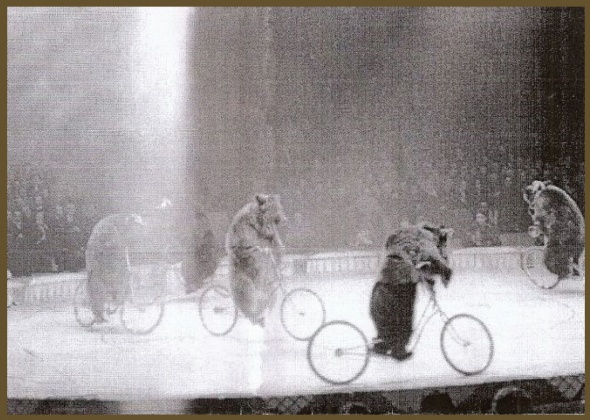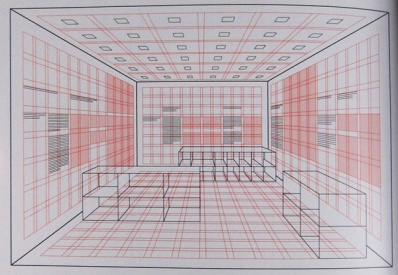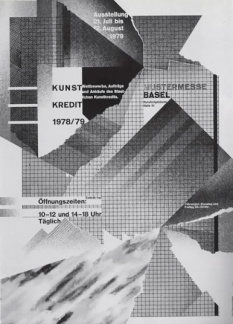HOME
Structuralism:
How are things organised? How does this effect society?
Ferdinand de Saussure was a linguist – a linguist is someone who studies the structure of language to see how it works, to see how meaning is passed on, to see the understanding a person has based on a word – the way we use language in society in order to create/give it meaning. Example of this is shown below.
-Semiotics – the study of signs and symbols, and how this be looked upon as a communication system.
Signifier: the material aspect – the sound made/sign used
Signified: the meaning – what is being released in your mind when a specific word is being said? The image created.
For example, take the word DOG (signifier) - the first image that will automatically come to us would be an image of a dog (signified). But for others this may not be the case, it is all about interpretation and how one sees things. Especially for those who have a different culture/background. For example the words ‘Chien’ and ‘pies’ both mean the same thing but in a different language. Chien is French for dog, and ‘pies’ is polish for also the word dog.
Personally if I was to see the word or hear the word ‘Pies’ I would automatically imagine a pie – this without knowing that it might mean something different to someone else.
-Language has a structure – it allows people to interact.
-Every language is a system on its own rights.
-“Language is like a symphony in that what it actually is stands apart from how it is performed” (de Saussure, 1916, p. 18) – My opinion on this is that Saussure explains how language itself stays the same – that there is no change in how it is spoken or written; but explains how to one person the interpretations of a specific word may be looked upon differently – the language stays linear whereas the actions change.





Zainab Itani
Claude Levi Strauss (1908 – 2009) – Linguist
Strauss as Saussure is a linguist – which means he studied language and the way it works within many people; but he also looked into different nationalities, cultures, race etc. Concentrating on how various cultures present the same ‘meaning’ of something in a different manner. For example marriage – it happens all over the world in different places with different people and cultures. Although the ceremony itself may be different to how someone else would imagine it (interpretation) – all in all the same thing is happening. People are still getting married, uniting with one another – in other words the ‘concept’ stays the same, but the way it is performed changes. This all links in to the way society is changing – the different opinions and interpretations people may have based on their background and beliefs.
A small task based on interpretation:
We were each given an image of three bears riding a bicycle in a circus. We were then asked to create a caption to go with the image. We went around the class to see what people wrote as their captions, and found that each person had a different understanding of the image. The point behind this task was to show us that, although we may all be presented with the same image, each person interprets something in their own way; meaning a variety of opinions and understanding.
My personal opinion on the image was that it was cruel, this due to the fact that I am strongly against animal cruelty and in this case find the bears to be mistreated. Some people in the class had the same opinion while others didn’t.
A few captions that I created to go with this image are:
- mistreated bears being forced to ride bikes in order to entertain people.
-Where are my rights?
-The silent cry - a never ending cycle.
My captions were mainly about how i think the bears have rights just as much as humans and shouldn’t be mistreated or forced into doing something they don’t want to do.
This helped me understand the meaning of interpretation and how by looking at something it doesn’t mean everyone else feels the same



Structuralism affects society in many ways – a system that is restricted, unchanged. For example the schooling system - you start of in primary school to then high school – you then have the option to go to college/6form which will then allow you to enter university. This is an example as to how systems as such can affect the society as a whole.
-it is a sysytem that tells us what to do/having certain rules to follow. This has had an impact on graphic design (modernism) in a sense of using a system. I show some examples below.
I will use Josef Muller Brockmann and Herbert Bayer as an example.
Brockmann and Bayer both use a grid system within their work – also known as the Swiss style.
Brockmann gives his opinion - ‘Working with the grid system means submitting to laws of universal validity’. This in itself shows that he sees the grid as a system than is valid worldwide – that anyone can use it and that it can be found everywhere. He also believed that the grid can be found in almost everything and that it holds a deeper meaning than ‘just’ a structural system.
He also refers to the grid system a link to maths. For example a mathematical equation – there are certain rules you have to follow in order to get the correct answer; in this case it would be using numbers together to add/multiply/subtract/divide. There are also a number of ways in which one can answer an equation - as by doing so will help you get the correct answer. To back up this point he says that “The grid system is an aid, not a guarantee. It permits a number of possible uses and each designer can look for a solution appropriate to his personal style. But one must learn how to use the grid; it is an art that requires practice.” This simply illustrates how indeed there are multiple ways in which the grid can be used, but that it needs to be practiced in order to operate as intended.
Bayer also believed that there are rules in which must be followed in order to give a successful piece and that there is a way right way to in order to get the message across and communicate.
The Swiss system relates back to structuralism as it is based on a structure. The grid is more than a bunch of lines on a page; it is a structure, a guide and a tool. The grid system can be applied to many things therefore makes it diverse. The images below show this as they both use the grid, but use it for a different purpose. One being used in order to create a 3D perspective of a room (Josef Muller Brockmann), whereas Bayer uses it within a poster – although the grid is not visible you can clearly see that it has been used as it creates a ‘structured’ and gives a precise position for each object used on the page.





Post structuralism:
-It is about the deconstruction of the ‘structuralism system’
-It allows for people to experience and interact with it – it therefore becomes changeable.
-People can make their own meanings of things – gives people more opinions
-The ‘system’ is not there to tell you what to do or what something is - this means people get to make their own minds up leading to a range of thoughts as to what something may be to them , as well as their own understanding and interpretation.




For example - Wolfgang Weingart – a very much known graphic designer and typographer.
His work below shows the deconstruction of typography – taking away its literal meaning as well as the grid. He tears apart and experiments with typography in order to reassemble something entirely different. The text bleeds within the images to combine them together.
He had disconnect the meaning of something by physically getting involved in order to change the appearance and to give it no meaning at all – something that was once known as unchangeable to now being changeable.
Another example - Tomato
‘MMM…Skyscraper, I Love You’ is a typographical created by ‘Tomato’ – an English design collective. The images below (one of many) represent the experience in New York. By collecting words overheard in conversations the start to assemble a map of their journey. Tomato states: ‘We are all on a journey; all work is about experience and the mapping of that experience’
Both works just seen represent the remake of something, something that has been assembled together even when it doesn’t make sense – it contradicts the traditional Structuralism system. To create something isn’t always about the creator making sense of their work, but is about giving us as readers the ability to deconstruct the piece to give us our own (individual) meaning.

Wolfgang Weingart
Tomato - MMM...Skyscraper, I Love You